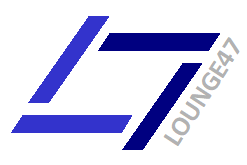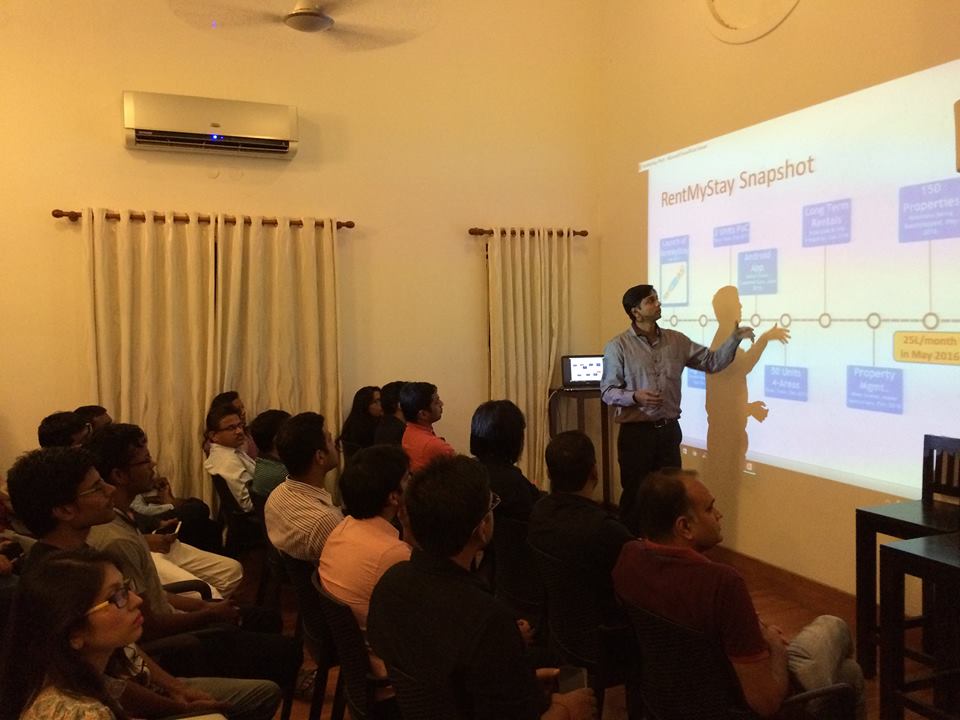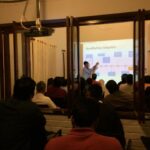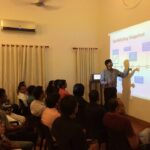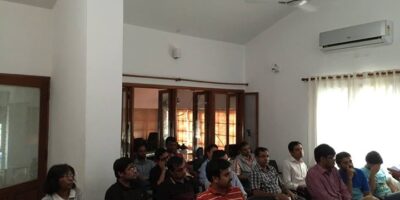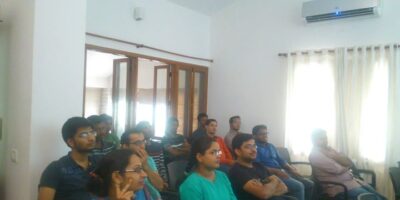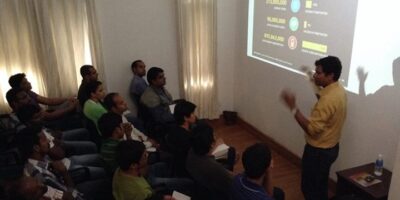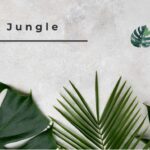Vivek Sandhwar, Asst. Business Head, U.S. Polo Association. Vivek’s expertise lies in Product Design, Product & Brand Management and Sales. His past roles have included Category Manager Levi’s Sykes – Levi Strauss & Co, Designer – Madura Garments and Designer – Levi Strauss & Co.
This session aims to discuss the pros and cons of Ecommerce versus Brick & Mortar retail while simultaneously addressing how to build a Fashion brand. Join us for what is set to be an interesting discussion.
Vivek Sandhwar’s session “Business of Fashion – Click or Mortar” was highly interactive and touched upon – I. Fundamentals II. Trends and III. India insights. Here are the key lounge47 take aways:
I:
1.The Fashion business attracts many but rewards few
2. The business of Fashion is not all glamor, it can be tedious
3. It is about one simple thing – making the customer look and feel fantastic
4. Fashion is visual and emotional – triggering those magical processes between eye and brain
5. Your concept should articulate why customers would buy – is it for design, price, or the dream? Who are you designing for and why? Are you addressing customer psychology, emotional needs and how customers relate to clothing?
6. Customers have two filters when making a buying decision – rational and emotional
7. Some options: set up a) a factory b) wholesale business c) retail store d) rack business (e.g. Brand Factory) e) intelligent solutions f) ecommerce g) departmental store h) fashion school
8. Decision points: Brand or aggregator? Luxury brand, luxury for the masses (Zara), or mass market, brand or non brand?
9. Key: Ensure quality production capabilities upfront. If budget permits, hire an experienced production manager
II:
1. Omnichannel Retail: The new buzzword – be wherever people shop – stores, phones, tablets or desktops
2. Ecommerce & Brick and Mortar: The reverse has been a trend, but now online companies are moving towards brick and mortar e.g. Bonobos through “Guideshops” – minimal inventory, clerks assisting with online order, home delivery. Amazon and Mumbai-based PepperFry, also experimenting
3. Mobile: Shopping, increasing exponentially. Myntra switched to 100% app
4. Customer behavior: Omnichannels changing how customers search, research, explore (also physically) and finally buy – new buying habits evolving
5. Retailers, focusing on providing customers with a unique brand experience
III:
1. Fashion industry in its infancy. It is the second fastest growing online segment after electronics, only more lucrative.
2. Online, currently accounts for 1% of the 43b fashion, accessories and footwear market. Set to drive 35% of ecommerce by 2020
3. India Fashion Week gaining recognition as an international platform
4. Top apparel brands are Madura Garments, Arvind Mills, Provogue Zodiac Clothing, and Raymonds. Also, Indian designers are gaining recognition locally and internationally . Myntra (2007) and Jabong (2012), the poster boys of online fashion have grown – 558% and 11,000% respectively in 3 years. Amazon fast becoming a contender in fashion
5. Ecommerce companies have begun to reduce discounts 6. Some growth drivers: a) Tier II and III demand b)cash on delivery (COD) practice c) discounts offered d) ability to return unsuitable goods e) increasing Smart phone and internet penetration. In summary, growth in the Indian fashion industry is ensured, opportunities abound. The concepts of brick and mortar, ecommerce are in flux and evolving. Likely to see more winning innovative Click and Mortar concepts.
